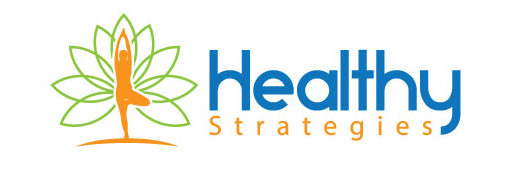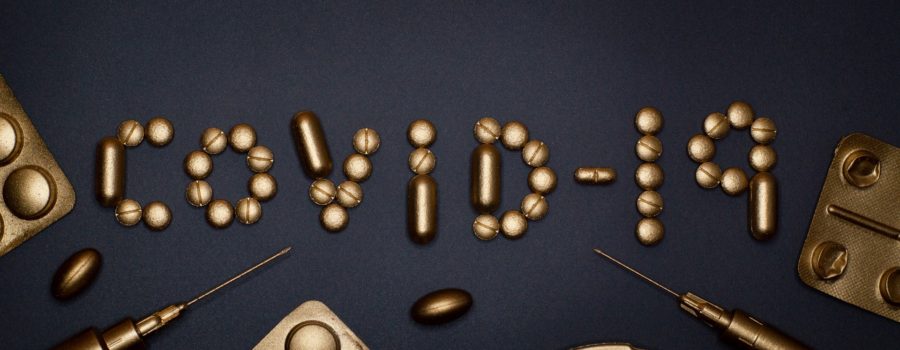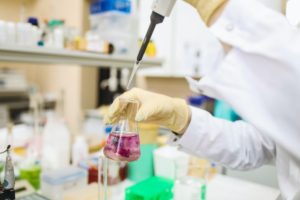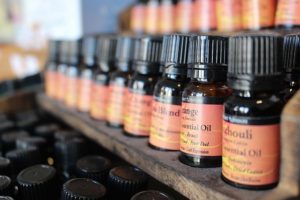Vaccines and Their Adverse Reactions
Vaccines and their adverse reactions are a known topic. Any medical intervention can cause a side-effect, more or less unpleasant. We’re taking vaccines to prevent a more severe infectious disease, but serious side-effects especially in younger populations, make us all worried.
What we heard in the news recently was that some people after the J&J vaccine experienced a very rare, serious, and in some cases deadly reaction. The same scenario was described with the equivalent AstraZeneca vaccine in Europe.
The blood clotting reactions following J&J and AstraZeneca anti Covid-19 vaccines have an autoimmune mechanism. It was described before only in people exposed to the blood thinner called heparin, again extremely rare. For people developing it after the vaccines, there also must be a genetic trait that enables this rare phenomenon once something triggers it.
The delayed vaccine-related reactions will probably take a while (months to years) to manifest in some unpredictable ways, and may or may not be actually associated with the vaccines.
Since these reactions are described in people never exposed to heparin, scientist are puzzled about how these vaccine and their adverse reactions can be explained. Most seem focused on the inactivated adenovirus carrying the spike protein, which is present in both vaccines with severe clotting side-effects. I didn’t find any information if heparin was used in any steps of manufacturing either vaccine.
Vaccine excipients (also called adjuvants), are usually not getting that much attention. Both J&J and AstraZeneca contain Polysorbate 80. There is enough research linking polysorbate 80 with serious side-effects, ranging from allergic anaphylactoid reactions, to nerve damage, weight gain, worsening Crohn’s disease, and other autoimmune disorders.
Yet in these two vaccines, is under the radar again. Has also been used in flu vaccines, but probably nobody made the connection between an unusual medication-related reaction and the polysorbate in it. I only did it because of what happened to me following rituximab treatment, containing polysorbate 80. Afterwards, I decided to avoid it completely and was happy to see noticeable results.
Deemed as Generally Recognized As Safe (GRAS), implying safe, inert or inactive, Polysorbate 80 and other polysorbates, (20, 40, 65), are all over us in foods and cosmetics, dish detergents and cleaning products. It is incorporated in many injectable medications, but also suspensions—mostly used in pediatric cases.
I hope the science world at some point will consider polysorbate 80 as a possible trigger for some of the adverse reactions post-vaccinations or other treatments containing it.
Until then, the real question on many peoples’ mind is if J&J comes back for distribution and offered to the population, what should be done. Unfortunately, nobody can easily answer this. Whatever the trigger for the severe side-effects of this vaccine might be, a predisposition for such autoimmune reaction cannot be identified ahead of the vaccination, at least for now. There are two sides of the arguments for this.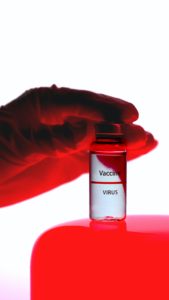
Researchers and doctors look at the rarity of this serious reaction versus the more likely possibility to get the Covid-19 infection that may have a terrible course. Most of us hope it will not be a severe disease if we get it, but messing around the with Covid-19 virus is like playing Russian roulette.
It is also true that getting the Covid-19 infection can lead in people to clot formation, because the virus attacks the inner lining of the blood vessels. Clots can form in the brain, kidneys, heart vessels, practically any arteries or veins can be affected and the consequences can be dramatic. However, these are the more common types of clots, treated with heparin, while heparin would be contraindicated if the blood clots are the autoimmune type reaction—as is the case after these two vaccines.
For people who consider getting the J&J jab, the thought process now is: “What if I am that one in a million?” My auto-immune disease frequency in the general population is also 1 in a million, and at times, it doesn’t feel any less frustrating that I developed it. That’s why it seems very important for all of us to keep up with the science and make an informed decision about these vaccines and their adverse reactions.
As far as the J&J vaccine alternatives, in the US people who want to get vaccinated can probably get either Pfizer or Moderna. Since other vaccines are available, a different vaccine may be a second-dose option for people who received AstraZeneca over in Europe.
If J&J comes back as an option, which I think it’s likely to happen, people would decide at that time if they want to take a one in a million chance of developing blood clots.
My personal opinion is this pandemic will not be fully controlled until an oral antiviral Covid-19 regimen to take by mouth will become available and easy to obtain in the pharmacies. In a way, the same situation often happens with the flu vaccines. Some people take the vaccine but end up getting the flu. That’s when Tamiflu comes to the rescue.
Studies about the safety of the oral antivirals against Covid-19 are going on for a while, but not much talked about except in some medical journals. I’m wondering why it takes longer than with the vaccines, but I don’t want to make any speculations.
In the meantime, it may not be a bad idea to limit our exposure and our children’s exposure to polysorbates, heavily used in food and cosmetic industries. This avoidance could be viewed as an attempt to not get sensitized to them, thus becoming unable to tolerate an useful treatment when we really need it.
